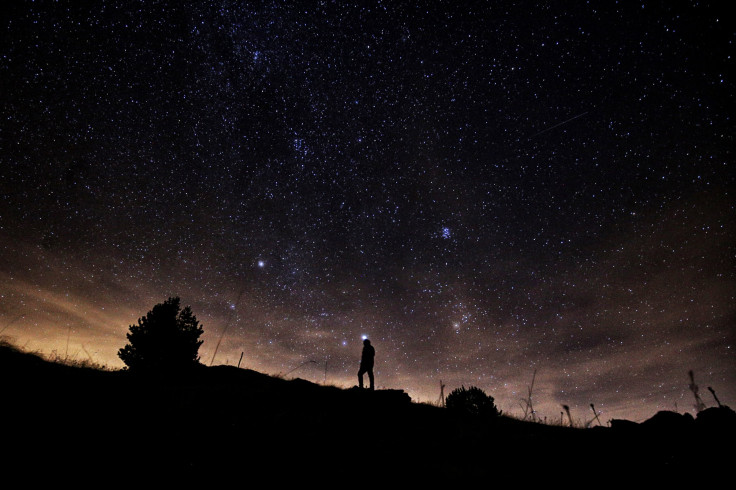2022 Sky Events To Look Forward To
Skywatchers should get ready for a year of exciting sky-watching because 2022 is filled with sky events they wouldn't want to miss.
The year 2021 had a lot of treats for sky-watching enthusiasts everywhere -- from beautiful meteor showers to a solar eclipse in one of the most remote parts of the planet. But those who missed any of these events need not fret as 2022 also has a lot of treats in store for skywatchers.
Meteor Showers
Meteor showers are always exciting to witness and 2022 has more than a few of these celestial shows in store for skywatchers.
After the "above average" Quadrantids meteor shower on Jan. 3 to 4, there will be a bit of a pause until the peak of the Lyrid meteor shower on April 21 to 22. The Eta Aquarids will follow closely just two weeks later, bringing the "best meteor shower of the year" for the Southern Hemisphere, according to AccuWeather.
The Delta Aquarids will then peak in July end. Although this is considered an "average" meteor shower, it will peak on a night when the moon is just 1% full, making for excellent sky-watching conditions.
The Perseid meteor shower, which is said to be one of the best meteor showers to observe, will peak in mid-August. This will be followed by the Draconid and Orionid meteor showers in October, and the Taurids and Leonids in November.
December also offers two meteor showers -- the Geminids, the strongest one of the year, on Dec. 13 to 14, and the Ursids that would peak just before Christmas.
Clearly, 2022 is rife with meteor shower watching opportunities. NASA has provided tips on how to take good photos of meteor showers.
Full Moons, Supermoons and a Black Moon
Although the Earth only has one moon, it's still always exciting when the moon reaches peak illumination each month. In 2022, apart from the full moons with unique names, there will also be three supermoons.
During a supermoon, the moon will be near its closest approach, so it may look a little larger and brighter than the usual full moon. The first supermoon will be in June, coinciding with the full Strawberry moon. The second supermoon will be in July and the last will be in August.
There will also be a black moon on April 30. Contrary to the well-known blue moon, which pertains to the second full moon in a calendar month, a black moon is the second new moon of the month, Accuweather explained.
This event won't be seen because the bright side of the moon will be facing away from the Earth. However, this also means that it would be another opportunity for stargazing because the light of the moon won't obstruct the view.
Here are some tips on how to choose the best location for star-gazing, courtesy of NASA. The agency also gave instructions on how to make a Moon Phases Calendar and Calculator so you can be updated on the phases of the moon.
Eclipses
There will be two total lunar eclipses in 2022, with the one on May 16 being visible in various parts of the world including North America, Greenland and parts of western Europe. When this happens, the moon will completely pass through the shadow of the Earth and will appear darker and reddish in color.
The other total lunar eclipse will be on Nov. 8. This time, it will be visible in places like Russia, Australia and Japan, as well as some parts of western and central North America.
In October, there will also be a partial solar eclipse, when the moon will cover a part of the sun. This event will be best seen from Russia, where the coverage will be 80%. However, those who will watch it in person should only do so using special eclipse glasses.
Planets Aligning
There are two rather special planet alignments that skywatchers should watch out for. The first one will be at the end of March, when Mars, Saturn and Venus will appear very close to each other before sunrise. According to Accuweather, they will be so close to each other that they may even be seen in the same field of view of some telescopes or binoculars.
In June, these three planets and Jupiter and Mercury, will all be visible with the naked eye and even align in the sky "in order" along with the crescent moon before the sunrise on June 24.

© Copyright IBTimes 2024. All rights reserved.






















